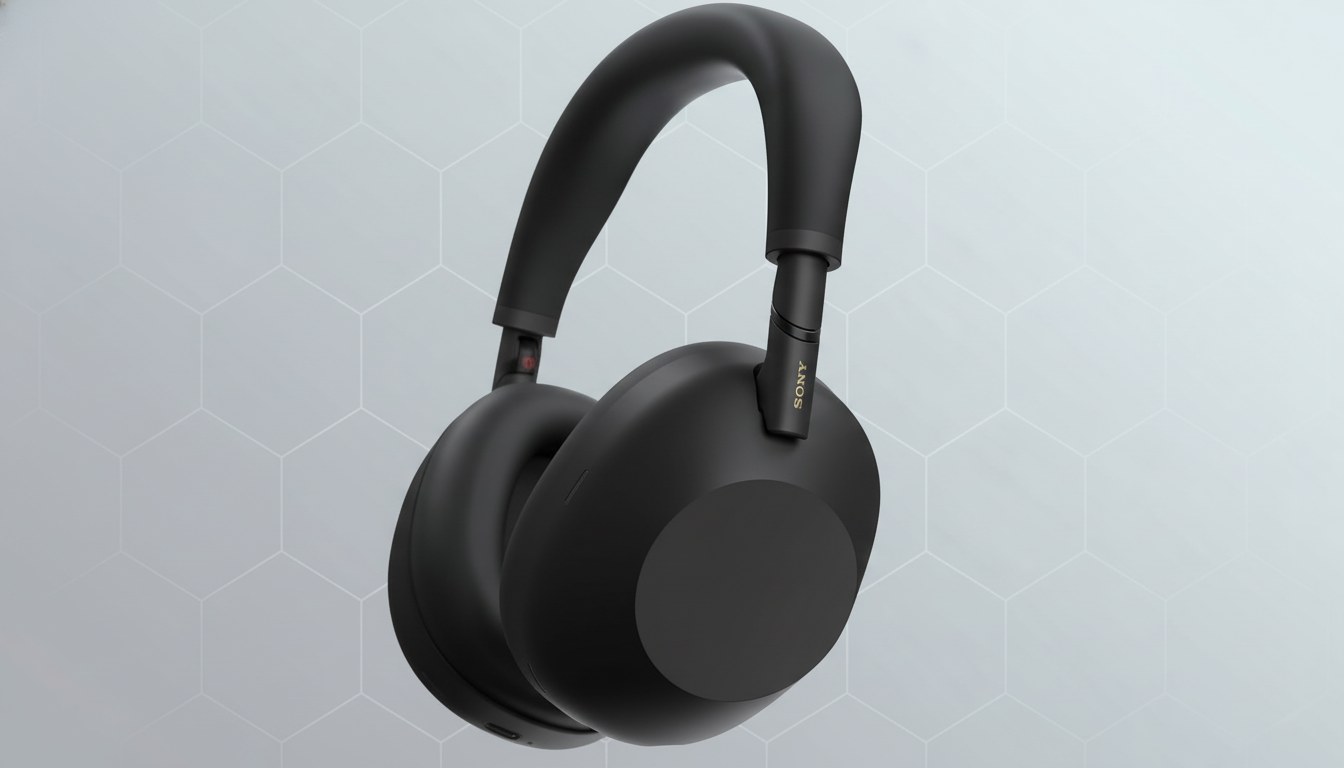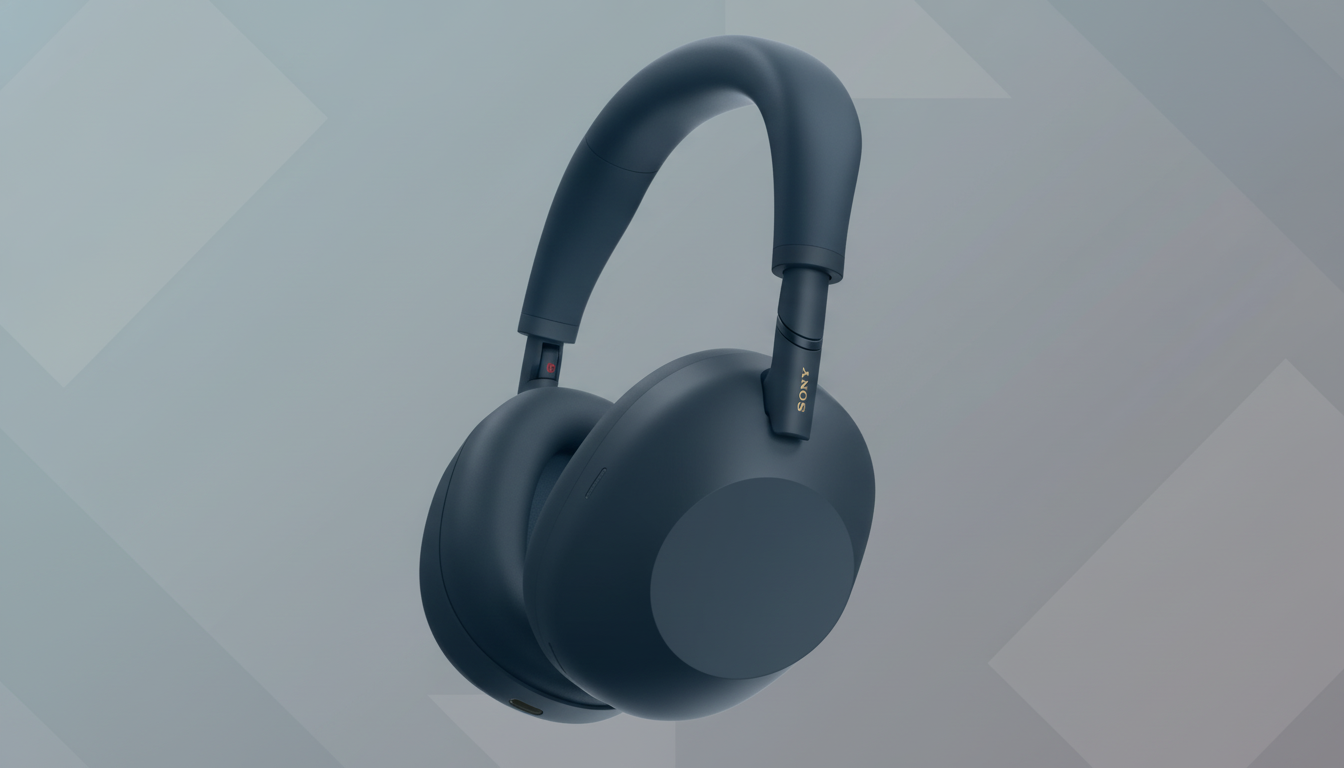The newest flagship over-ears from Bose, Sony, and Apple battle it out in a familiar war: finding total silence — on the commute, in the cabin, and at the office. In a round of back-to-back testing, some targeted measurements, and real-world travel checks, Sony’s WH-1000XM6 nudge ahead of Bose’s QuietComfort Ultra 2 and Apple AirPods Max for the active noise-cancelling crown, with the others offering standout strengths that keep those two from winning by knockout.
Noise Cancellation Face-Off Across Sony, Bose, and Apple
In controlled pink-noise tests and on packed subway platforms, the XM6 was most consistent at wide-spectrum suppression. So that’s where the WH-1000XM6 come into play: they’re tuned for this type of noise — voices, banging plates, and clinking glasses — not by much (1–2 dB of low-frequency reduction and more mid/high-frequency transient handling versus the older model, say, independent lab measurements by outlets like Rtings or SoundGuys), but enough to matter. Bose is still excellent when it comes to steady rumbles (train and jet engines) and ranks close to the top overall, though XM6 performs slightly better with sudden transients. AirPods Max are competitive, yet not as strong as Sony or Bose above the mids — keyboard clicks and utensils have a tendency to sneak through.
- Noise Cancellation Face-Off Across Sony, Bose, and Apple
- Sound Quality and Spatial Audio Compared Across Brands
- Comfort, Fit, and Build Quality Across These Headphones
- Connectivity Features and Codecs for Apple, Bose, Sony
- Battery Life, Fast Charging, and Real-World Endurance
- Apps and Smart Features Across Sony, Bose, and Apple
- Call Quality, Microphones, and Noise Handling Compared
- Price and Overall Value for Sony, Bose, and Apple Models
- Final Verdict: Which Flagship Noise-Cancelling Set Wins

Transparency is a different story: Apple still sounds the most natural. Voices also come through with believable tone quality and low hiss, as if you weren’t wearing anything at all. Sony and Bose implement useful pass-through, but it adds a faint processed sheen that reminds you that you’re using a mode.
Sound Quality and Spatial Audio Compared Across Brands
High-end sound is the focus with all three, although their individual tunings vary. AirPods Max deliver the most sophisticated treble detail and an airy stage; cymbals sparkle without bite, and acoustic instruments are naturalistic. Sony tunes a rich, modern profile with tasteful bass lift and gently louche mids — perfect for pop and hip-hop — and, importantly, provides a granular 10-band EQ to get your preferences down just right. Midrange from Bose is a little recessed compared to Apple’s more neutral mid-bass punch, but its upper-mids and highs are clean.
For those who care about this: Apple’s head-tracked output still feels like the most immersive of the bunch with spatial audio content mixed for surround. Bose’s spatial mode does a good job of upmixing stereo for a wider image; Sony’s 360 Reality Audio is excellent when fed compatible tracks. But when it comes to day-in, day-out streaming? Sony’s flexible nature and EQ edge it out.
Comfort, Fit, and Build Quality Across These Headphones
Comfort is where Bose excels. With low clamp force, plush pads, and an overall weight of 9.33 ounces, the QuietComfort Ultra 2 are the set you forget you’re wearing on a long-haul flight. Sony is lighter still at 8.96 ounces and collapses for more compact travel, though the Apple model’s metal construction feels and looks high-end but makes it heavier at 13.6 ounces. Apple’s mesh headband does a good job spreading the load, but you do feel the weight after multiple hours of wearing it — the lighter Bose and Sony headphones are kinder on your neck.
Connectivity Features and Codecs for Apple, Bose, Sony
Codec support divides the trio, and particularly so for those with an Android requirement. When it comes to some Android phones, LDAC is also supported by Sony, alongside SBC, AAC, and high-resolution streams. On select Snapdragon devices, Bose adds support for SBC, AAC, and aptX Adaptive. Apple won’t budge on SBC and AAC but does fire back with machine-gun-fast device switching via iCloud — unmatched anywhere else for multi-Apple flow.

Wired options differ, too. Bose adds analog and USB-C audio options that make it the most versatile for in-flight screens and laptops. For Sony, that USB-C is for charging only, and passive listening can be enabled over a 3.5mm cable. AirPods Max take USB-C and can be paired with a stand-alone USB-C–to–3.5mm cable for analog sources.
Battery Life, Fast Charging, and Real-World Endurance
Longevity favors Bose and Sony. Both advertise up to 30 hours with ANC turned on, whereas Apple lists up to 20 hours. Fast-charge numbers lean strongly in favor of Sony: a brief 3-minute charge nets you about 3 hours of play — helpful for when the power gets low on the way to that gate. Bose expects around 2.5 hours from 15 minutes of charging. Real-world results will vary by volume, codec, and features like spatial audio, but Sony’s efficiency is a standout.
Apps and Smart Features Across Sony, Bose, and Apple
Sony’s app is the power user’s wonderland: 10-band EQ, location-aware ANC profiles, and deep customization. Bose’s app is clean and straightforward, offering just a basic three-band EQ and easy access to modes. Apple tucks controls into the iOS settings and Control Center, exchanging fine-tuning for simplicity and decorative Spatial Audio toggles. Firmware updates have been consistent across all three, something that matters as ANC and general tuning tend to get better after a product’s launch.
Call Quality, Microphones, and Noise Handling Compared
Amid traffic noise and the wind, for example, Sony repeatedly delivered the sharpest voice modeling with the least sibilance and solid background elimination. The pair of beamforming mics is on point, although some sharp transients may come through. Bose warms up voices and bodies them out; highs aren’t as cuttingly clear as Sony’s. For someone who calls more often, XM6 has the edge in terms of stability.
Price and Overall Value for Sony, Bose, and Apple Models
AirPods Max are still the most expensive at $549. Sony comes in at $449.99, and Bose at $449. Sony’s combination of class-leading ANC, very good battery life, support for LDAC wireless audio, rapid charging, and customizable sound makes it a great package for most people. Bose is your comfort king and has the best ANC, plus the most flexible wired options. Apple bests with the most premium build, top-tier transparency, and the smoothest multi-device experience — the latter of which is particularly important if you’re deeply invested in the ecosystem.
Final Verdict: Which Flagship Noise-Cancelling Set Wins
Top honors go to the Sony WH-1000XM6 for the best overall ANC package as of right now. The comfort-first traveler’s pick: Bose QuietComfort Ultra 2. Great isolation; great connectivity. For Apple users, AirPods Max are still king in design and transparency. All are a fine pick — but when it comes to silence, endurance, and command of features, Sony takes this race by a length.

